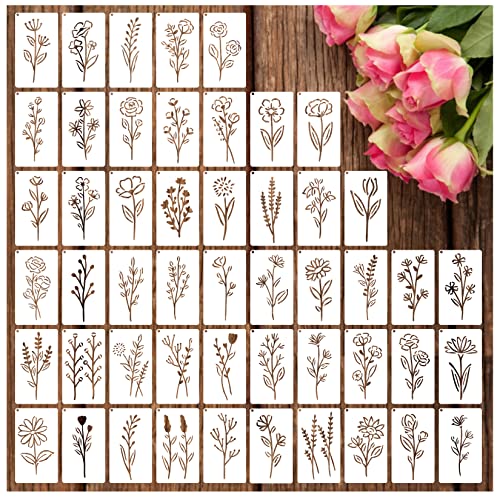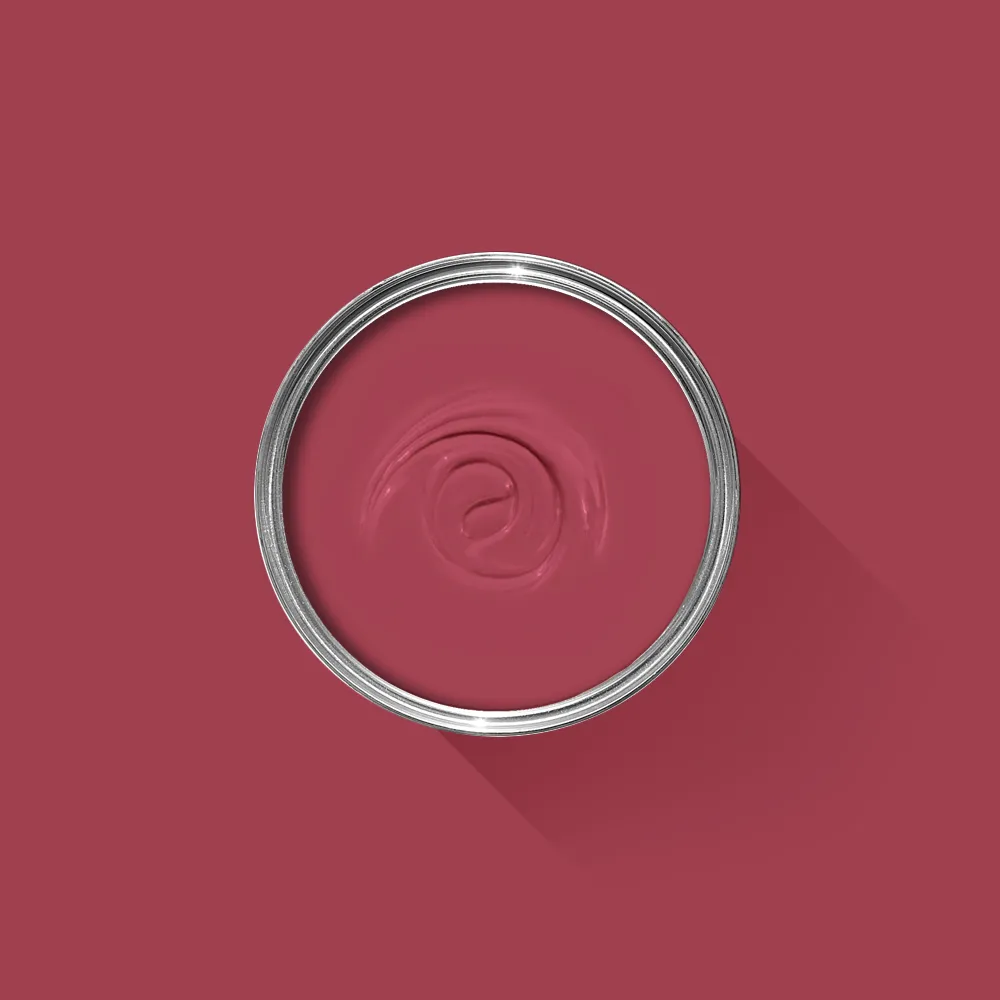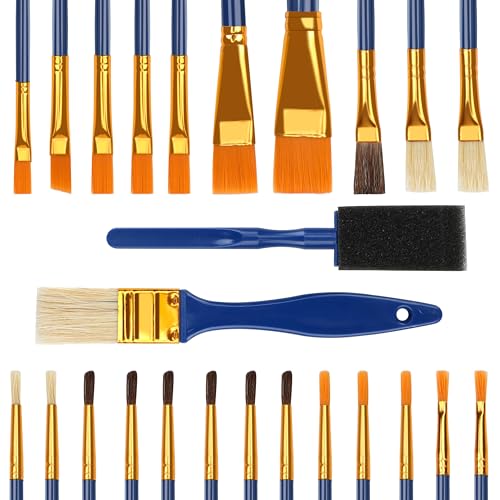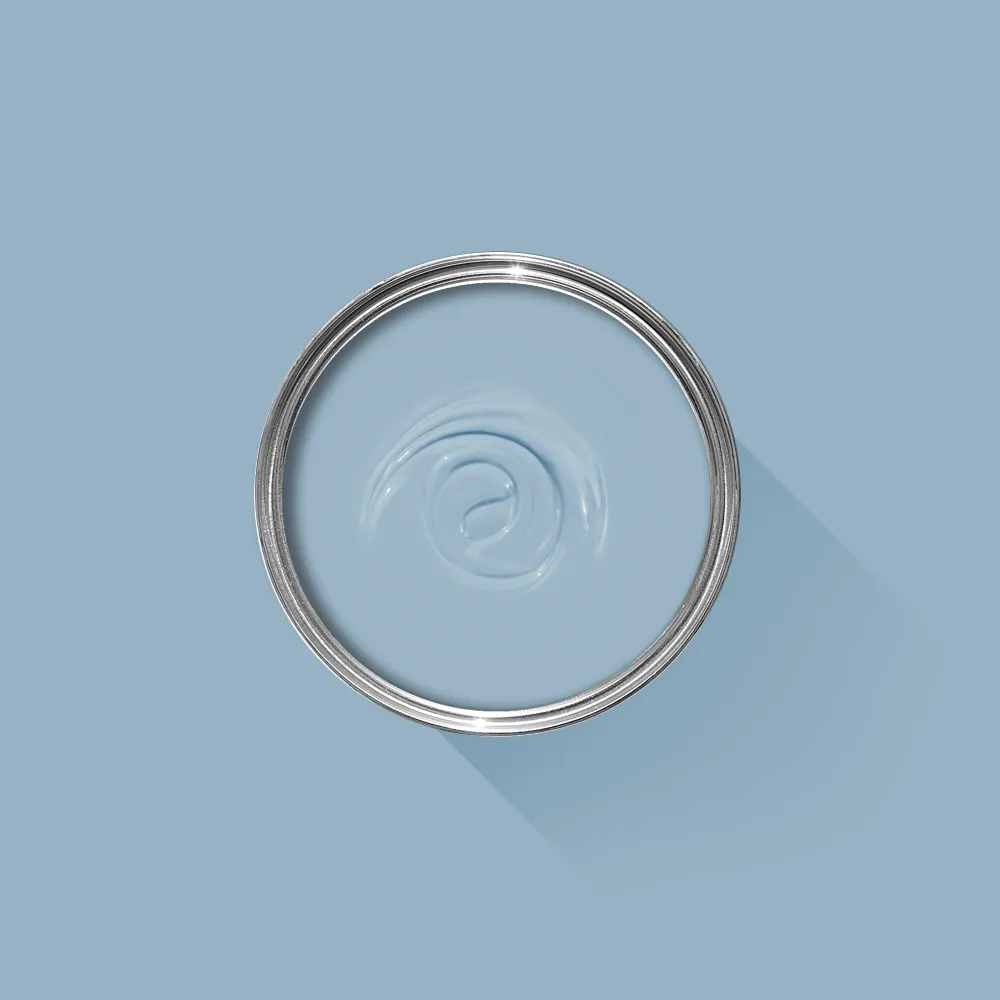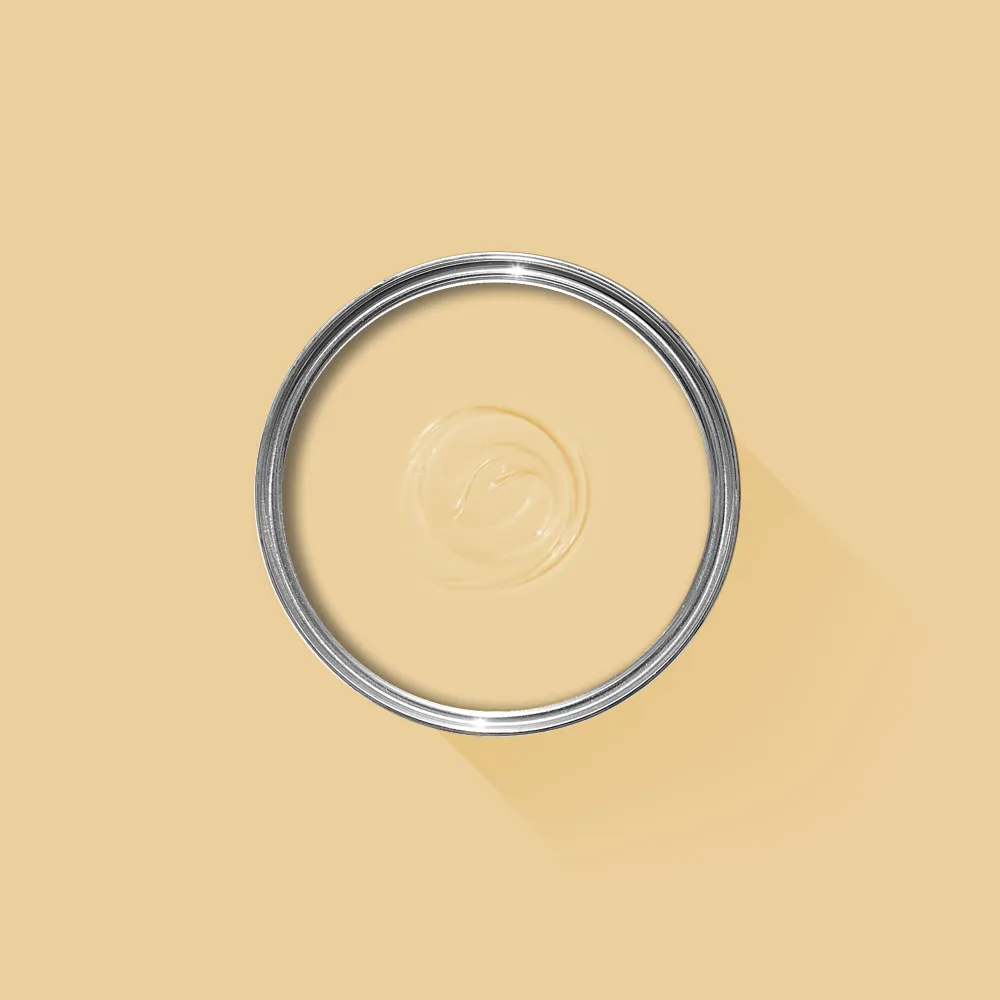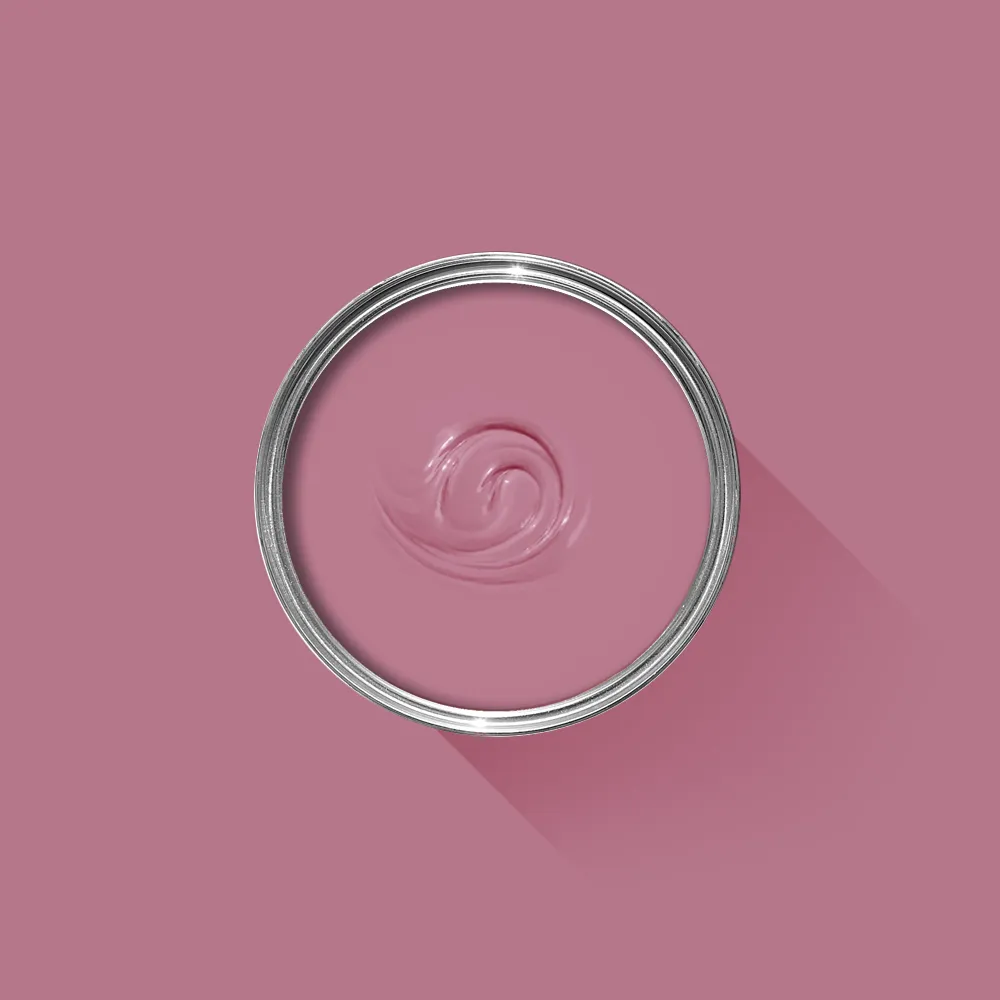This “Imperfect” Paint DIY is Much Daintier and More Unique Than Wallpaper
An idea for how to decorate a kid's room has been going viral online, using this buy for under $15
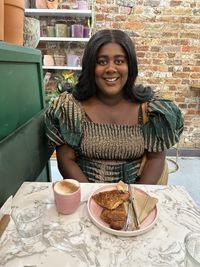

A new trend has hit the home DIY scene, and it's a dainty, whimsical alternative to wallpaper. If you want characterful walls guaranteed to be unique to you and your home, this paint technique should be on your radar.
When Danielle Dean wanted to inject more color and personality into her daughter’s nursery, she knew she wanted beautiful botanicals to grace the walls. What makes her space different from other nursery decor, however, is her clever use of stencils and tester paint to mimic patterned wallpaper. The floral motif was arranged in an “imperfect” way, and all the more authentic for it.
A quick glance at social media shows how much popularity this paint idea has garnered in recent months. To find out more, we asked Danielle and experts in paint and interior design to give us the lowdown on why there’s so much buzz around this painting trick, alongside some creative ways to use stenciling in your own space.
Why is stenciling trending?
A post shared by Dan Dean (@sienna.and.i)
A photo posted by on
Danielle Dean's Instagram video detailing her stencil idea had a serious viral moment and Tash Bradley, Director of Interior Design at paint company Lick, says there's a reason the retro paint technique is trending. According to Tash, stenciled walls find their origins in the furniture upcycling community.
“People would drench their room in one color, and then they would upcycle a piece of furniture — normally a wardrobe that they would buy from somewhere like Facebook Marketplace or a lovely antiques show. They would then paint it, and put a stencil on it to give it that French look, or just a bit more personality," Tash adds. "As people were getting more confident, they were like, ‘Okay, let's then take this onto our wall instead of wallpapering.’ Where I saw it being used more is with people who had walls that were a little bit irregular, where you want to do wallpaper, but your ceilings might be sloped.”
If you fear the wallpaper process, or you just want a little more control over the spacing or colors of the pattern on your walls, this is a great alternative. “There's definitely been a boom in the last three years all about making your home very personal to you," says Tash. "I think we live in a world where Pinterest and Instagram and TikTok were so over bombarded with so many beautiful images of ‘the perfect home’ that people have actually realized that's not achievable."
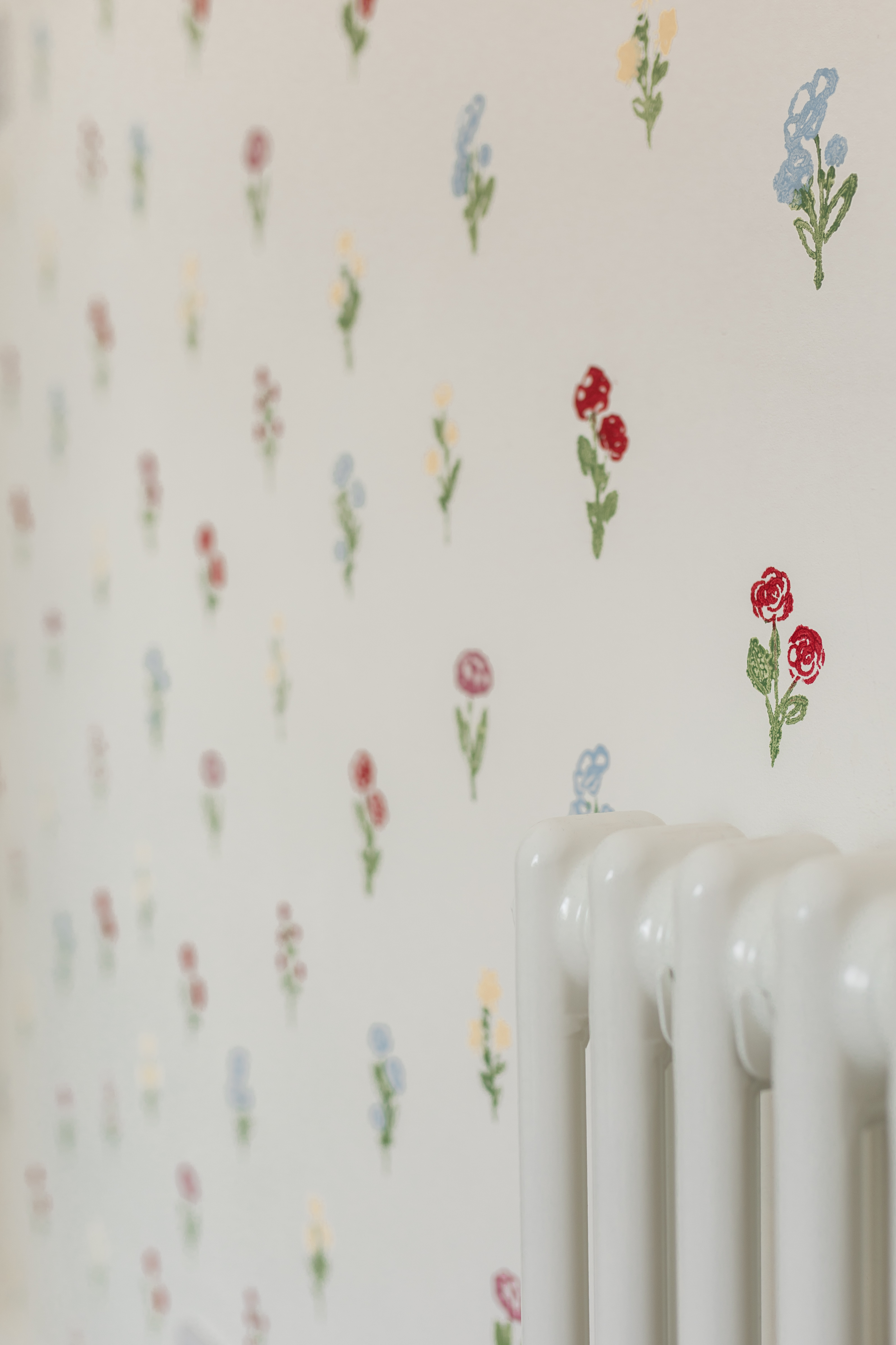
Elana Mendelson, CEO of Interior Design Firm Elana Designs, says home improvement and DIY more generally blew up during the pandemic. She also noticed a post-covid movement of people becoming more comfortable with making changes to their homes.
The Livingetc newsletters are your inside source for what’s shaping interiors now - and what’s next. Discover trend forecasts, smart style ideas, and curated shopping inspiration that brings design to life. Subscribe today and stay ahead of the curve.
“Say you have a room and you're like, ‘I really want to do this funky thing on the wall that I saw on the internet,' and then you actually do it — seeing the finished product is exhilarating," she explains. "I'm also kind of a DIY crafter. I love that stuff. Anytime I get into a project that doesn't involve a screen or my phone, I just get really lost in it and it feels so good.”
What are the advantages of stenciling?

Elana thinks that the low commitment and flexibility of stenciling is what makes it so trendy and attractive to the DIY community. "It's also easy to change. If you make a mistake, you just paint over it as opposed to peeling wallpaper.”
This dainty, whimsical idea works wonderfully as a kids' room idea, just as Danielle has done. Without the pressure to make the design or positioning perfect, Elana thinks this trend will inspire parents trying to find activities to connect with their children and get them interested in creative activities in the digital age.
“DIY is a pleasure to do with your child — especially your child's room," she says. "It's such a good way to encourage kids to get into design and to actually care about detail. It's like their canvas.”
Are there any disadvantages of stenciling?

Although it is cheaper, Danielle says the process of stenciling a whole wall (let alone an entire room) can be a huge undertaking as the stencils need to be cleaned and dried before being used again to avoid color transfer.
She also mentions the common mishaps. "From a distance, you can't tell that there are lots of imperfections, but when you approach you can see them," she says. "I do think that adds to it, though." If you want something less time-consuming and more uniform, it might be best to stick to wallpaper ideas.
Tips for Stenciling walls

For custom motifs (or if you're working within a tight budget), Elana suggests looking up reference imagery on Google or Pinterest for homemade stencils. To keep it sustainable, Tash suggests using spare cardboard to cut out stencils and any half-used paint pots in your garage to make a design that feels cohesive with the rest of your home.
Color-wise, Tash advises using just two colors that compliment the furniture and decor of the room well. “I always say when you look at a room you're never seeing one color in isolation," she says. "You've got to take in your sofa color, your floor, your coffee table, your cushions, everything else, and so your walls don't need to be these really busy, colorful spaces."
And when it's time to lay out your design, start on a small area first and expand once you are happy with the design, Tash suggests.
Not only is stenciling a great way to bring some personality and charm to your walls, but it's a genius use for leftover paint, too. Whether you want to cover an entire wall or simply add a decorative accent to some painted furniture, we're excited to see how this trend evolves.
You Will Need

Cheyenne is a homes writer and journalist living in South London. She contributes to Livingetc and has previously written for British Vogue and FT Weekend. Outside of her work covering home design and trends, she loves designing and renovating spaces for family and friends and never shies away from an estate sale or auction.
